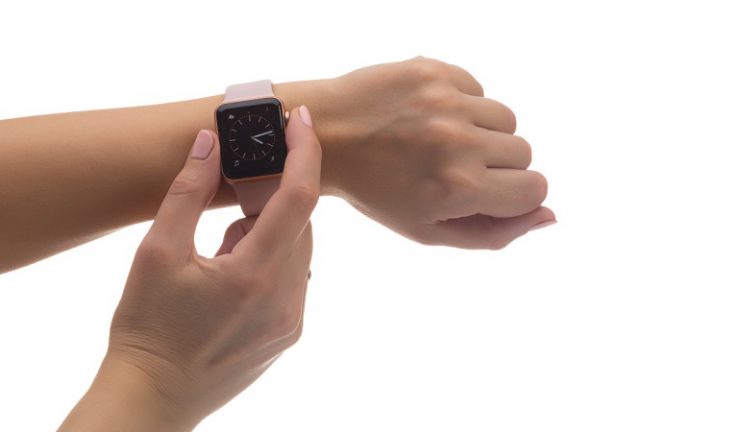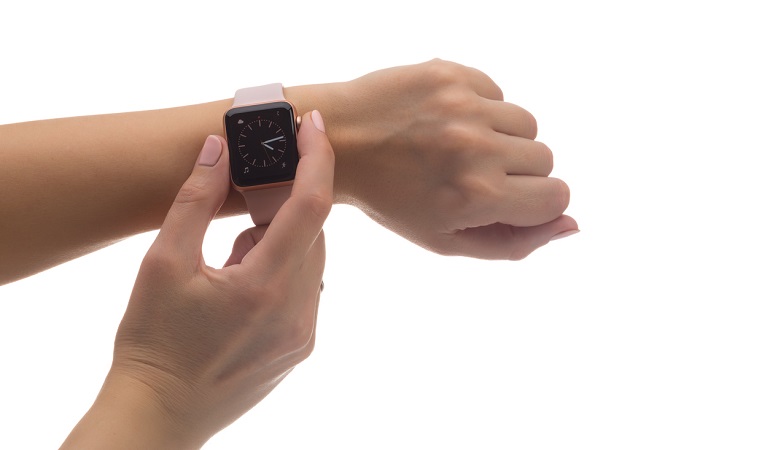As sales grow year-on-year.
Australians have a growing appetite for wearable technology with a total of 1.2 million smart wrist wearables sold in 1H19, up 22% from one million a year ago, mainly driven by increasing demand for smartwatches.
New data from technology firm Telsyte showed that around 69% or 830,000 of smart wrist wearables sold during the measured six months were smartwatches.
Apple remained the clear leader in the smartwatch market with close to half of total with other vendors including Samsung, Fitbit, Huawei and Garmin, all enjoying healthy growth.

Telsyte’s latest survey also recorded high satisfaction amongst Apple Watch users with a 90% repeat purchase intention rate. The research found that increasing demand for smartwatches has been driven by improved battery life, voice commands, health monitoring and better designed smartwatch apps.
However, there has been a clear shift in market preferences with less than half of existing smart fitness band users plan to buy another one, compared to 85% repeat intention purchase for smartwatch owners.
“The battle for the wrist wearables market has been won by smartwatches,” Telsyte senior analyst, Alvin Lee said.
The average cost of smartwatches decreased 22% between 2017 and 2019 compared to an increase of more than 15% for smartphones, tipping the scales in favour of greater smartwatch sales during longer smartphone replacement cycles.
There is also growing interest in smartwatches with built-in mobile connectivity such as those enabled by eSIMs, especially amongst smartwatch users. Research also showed that as of July 2019, 20% of Australian households had at least one smart speaker, up from 16% in December 2018.

